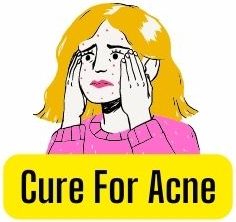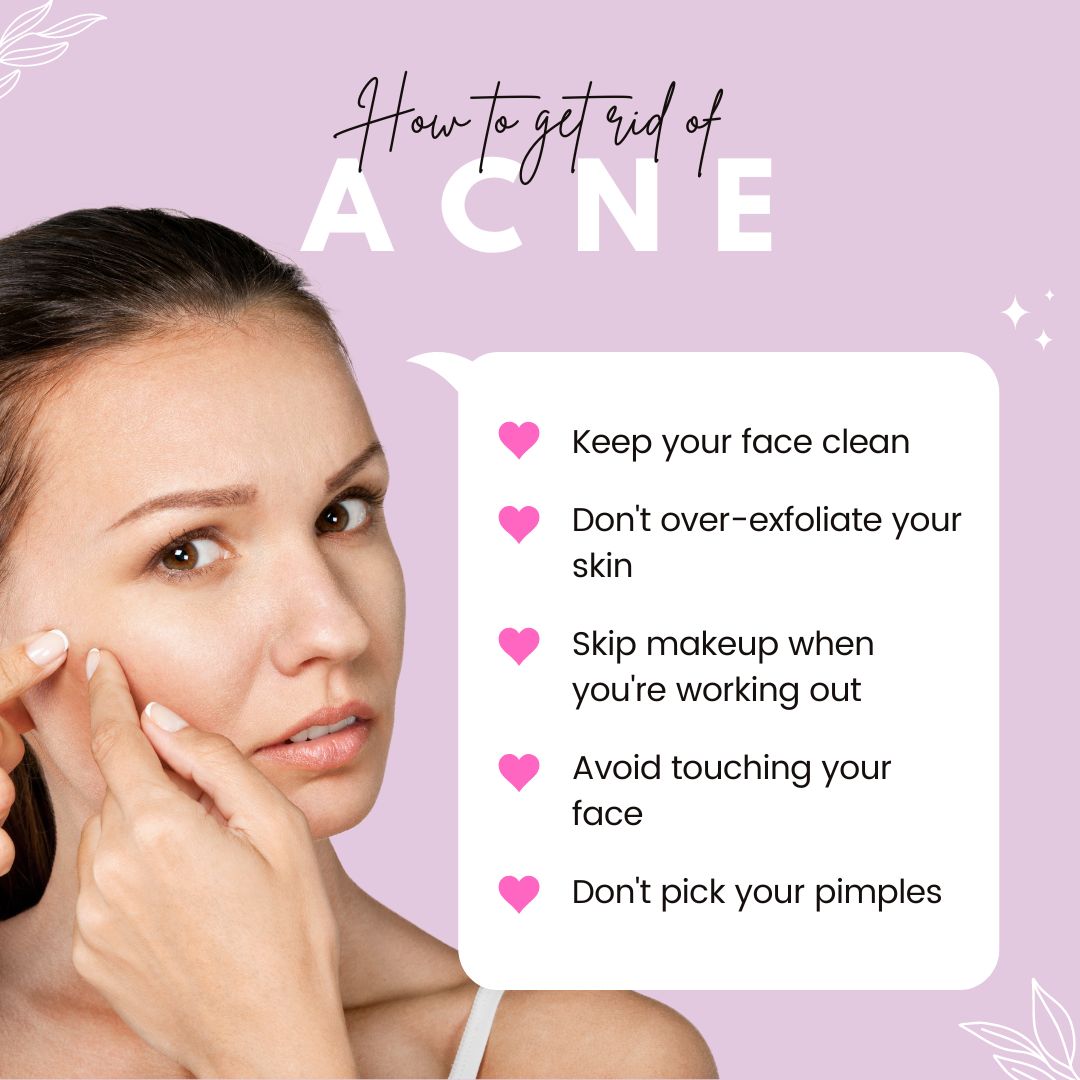Key Takeaways
- Understanding the different types of acne scars, including atrophic scars and hypertrophic scars, and identifying the type of acne scars you have
- Exploring a variety of treatment options, including home remedies, professional treatments, and combination therapies, to find the most effective treatment for your specific type of acne scars
- Working with a dermatologist or skincare professional to determine the best treatment plan
- Taking care of your skin after treatment, including protecting it from the sun and avoiding picking at scabs or pimples
- Maintaining a healthy skincare routine and taking steps to prevent future breakouts and the development of new acne scars.
Acne scars are a common skin concern that can affect people of all ages. They are the result of inflamed acne lesions, which damage the collagen and elastin in the skin.
This damage can lead to the formation of scars, which can range in appearance from shallow, pitted scars to deeper, raised scars.
Acne scars can be emotionally distressing for many people, as they can impact self-esteem and confidence. If you’re struggling with acne scars, you’re not alone – millions of people around the world are affected by this condition.
Fortunately, there are a variety of treatments available that can help improve the appearance of acne scars and give you the smooth, even skin you desire.
Before exploring treatment options, it’s important to understand the different types of acne scars that can form.
There are two main categories of acne scars: atrophic scars and hypertrophic scars.
Atrophic scars are indented scars that occur when there is a loss of collagen and elastin in the skin.
These include rolling scars, which have a wave-like appearance, and boxcar scars, which are angular and have sharp edges.
Hypertrophic scars, on the other hand, are raised scars that occur when there is an excess of collagen in the skin.
These include keloid scars, which are raised and can extend beyond the original acne lesion, and papular scars, which are small, raised bumps.
Identifying the type of acne scar you have will help you determine the most effective treatment option.
While there are a variety of home remedies and professional treatments available, it’s important to remember that no one treatment is right for everyone.
The best way to get rid of acne scars is to find a treatment that works for your specific type of acne scars and skin type.
In this article, we’ll explore a range of treatment options for acne scars, including home remedies, professional treatments, and post-treatment care.
By following these guidelines, you can improve the appearance of your acne scars and achieve smoother, clearer skin.
Different Types of Acne Scars
Understanding the different types of acne scars is an important step in finding the most effective treatment option.
As mentioned, there are two main categories of acne scars: atrophic scars and hypertrophic scars.
Atrophic scars are indented scars that occur when there is a loss of collagen and elastin in the skin. These include rolling scars, which have a wave-like appearance, and boxcar scars, which are angular and have sharp edges.
Rolling scars are often caused by severe acne, and are characterized by a rolling or undulating appearance on the skin. They can be difficult to treat, as they often require a combination of treatments to improve their appearance.
Boxcar scars, on the other hand, are more common in people with lighter skin and are usually easier to treat.
Hypertrophic scars, on the other hand, are raised scars that occur when there is an excess of collagen in the skin. These include keloid scars, which are raised and can extend beyond the original acne lesion, and papular scars, which are small, raised bumps.
Keloid scars are more common in people with darker skin and can be difficult to treat, as they tend to grow and spread. Papular scars, on the other hand, are usually smaller and more easily treated.
It’s important to note that acne scars can also be a combination of atrophic and hypertrophic scars. In these cases, treatment may involve a combination of approaches to improve the appearance of the scars.
Identifying the type of acne scars you have will help you determine the most effective treatment option. A dermatologist or skincare professional can help you determine the type of acne scars you have and recommend the most appropriate treatment plan.
Best Treatment Options for Acne Scars
Identifying the best treatment option for your specific type of acne scars is crucial in achieving the best results. There are a variety of treatment options available for acne scars, including home remedies, professional treatments, and combination therapies.
The most effective treatment option for you will depend on the type and severity of your acne scars, as well as your skin type and overall health.
One of the first steps in identifying the best treatment option is to visit a dermatologist or skincare professional.
They can help you determine the type of acne scars you have and recommend the most appropriate treatment plan.
This may involve a combination of treatments, such as home remedies and professional treatments, to achieve the best results.
Some common home remedies for acne scars include using over-the-counter products with ingredients like glycolic acid, salicylic acid, and retinoids.
These products can help to exfoliate the skin and stimulate collagen production, which can help improve the appearance of acne scars. It’s important to follow the instructions on the product label and use them as directed to avoid irritation and other side effects.
Professional treatments for acne scars include chemical peels, microdermabrasion, and laser therapy. Chemical peels use a solution to exfoliate the top layers of skin and improve the appearance of acne scars.
Microdermabrasion uses a handheld device to gently exfoliate the skin and stimulate collagen production. Laser therapy uses a laser to target and destroy damaged skin cells and stimulate collagen production, which can help improve the appearance of acne scars.
These treatments can be effective, but they may be expensive and may require multiple sessions to achieve the desired results.
In some cases, a combination of home remedies and professional treatments may be the most effective way to get rid of acne scars.
It’s important to work with a dermatologist or skincare professional to determine the best treatment plan for your specific type of acne scars and skin type.
Home Remedies for Acne Scars
Here are some common home remedies for acne scars:
- Exfoliating the skin: Using an exfoliating product or tool, like a scrub or a konjac sponge, can help to remove dead skin cells and improve the appearance of acne scars.
- Using over-the-counter products with acne-fighting ingredients: Look for products with ingredients like glycolic acid, salicylic acid, and retinoids, which can help to exfoliate the skin and stimulate collagen production.
- Applying natural ingredients to the skin: Some natural ingredients, like aloe vera and honey, have properties that can help to reduce the appearance of acne scars.
- Massaging the skin: Massaging the skin with a natural oil, like coconut oil or olive oil, can help to stimulate blood flow and improve the appearance of acne scars.
- Using silicone-based products: Silicone-based products, like silicone patches and sheets, can help to hydrate the skin and smooth out the appearance of acne scars.
It’s important to remember that home remedies may not work for everyone, and it may take time to see results.
It’s also important to follow the instructions on any product labels and use them as directed to avoid irritation and other side effects.
If home remedies don’t seem to be helping, it may be worth consulting a dermatologist or skincare professional for more effective treatment options.
Professional Treatments
Chemical peels use a solution to exfoliate the top layers of skin and improve the appearance of acne scars. The solution is applied to the skin and left to work for a certain amount of time before being removed.
Chemical peels can be effective at improving the appearance of acne scars, but they may be painful and may require multiple sessions to achieve the desired results.
Microdermabrasion uses a handheld device to gently exfoliate the skin and stimulate collagen production. The device sprays fine crystals onto the skin, which are then suctioned off along with the dead skin cells.
Microdermabrasion can be effective at improving the appearance of acne scars, but it may be expensive and may require multiple sessions to achieve the desired results.
Laser therapy uses a laser to target and destroy damaged skin cells and stimulate collagen production, which can help improve the appearance of acne scars.
There are several different types of lasers that can be used for this purpose, including fractional lasers and non-ablative lasers.
Laser therapy can be effective at improving the appearance of acne scars, but it may be expensive and may require multiple sessions to achieve the desired results.
It’s important to note that professional treatments for acne scars can be effective, but they may be expensive and may require multiple sessions to achieve the desired results.
It’s also important to follow the instructions of a dermatologist or skincare professional when undergoing these treatments to avoid irritation and other side effects.
Post Treatment Care and Prevention
After undergoing treatment for acne scars, it’s important to take care of your skin to ensure the best possible results.
This includes protecting your skin from the sun, as UV rays can cause further damage and worsen the appearance of acne scars.
You should also avoid picking at any scabs or pimples, as this can cause further irritation and may lead to the development of new acne scars.
It’s also important to maintain a healthy skincare routine to prevent the development of new acne scars.
This includes washing your face twice daily with a gentle cleanser, using non-comedogenic moisturizer, and avoiding irritating skincare products.
It’s also a good idea to avoid picking at pimples and to use non-comedogenic makeup and skincare products to reduce the risk of clogged pores and breakouts.
If you’re prone to acne, it’s also a good idea to take steps to prevent future breakouts.
This may include using a gentle cleanser, avoiding harsh skincare products, and avoiding touching your face with dirty hands.
It may also be helpful to incorporate a healthy diet and regular exercise into your routine, as these can help to improve overall skin health and reduce the risk of acne breakouts.
By following these guidelines, you can help to prevent the development of new acne scars and maintain the smooth, even skin you’ve achieved through treatment.
Conclusion
In conclusion, acne scars can be a common and emotionally distressing skin concern that affects people of all ages.
There are a variety of treatment options available, including home remedies, professional treatments, and combination therapies, to help improve the appearance of acne scars.
It’s important to identify the type of acne scars you have and work with a dermatologist or skincare professional to determine the most appropriate treatment plan.
After undergoing treatment, it’s important to take care of your skin to ensure the best possible results.
This includes protecting your skin from the sun, avoiding picking at scabs or pimples, and maintaining a healthy skincare routine.
It’s also a good idea to take steps to prevent future breakouts and the development of new acne scars.





